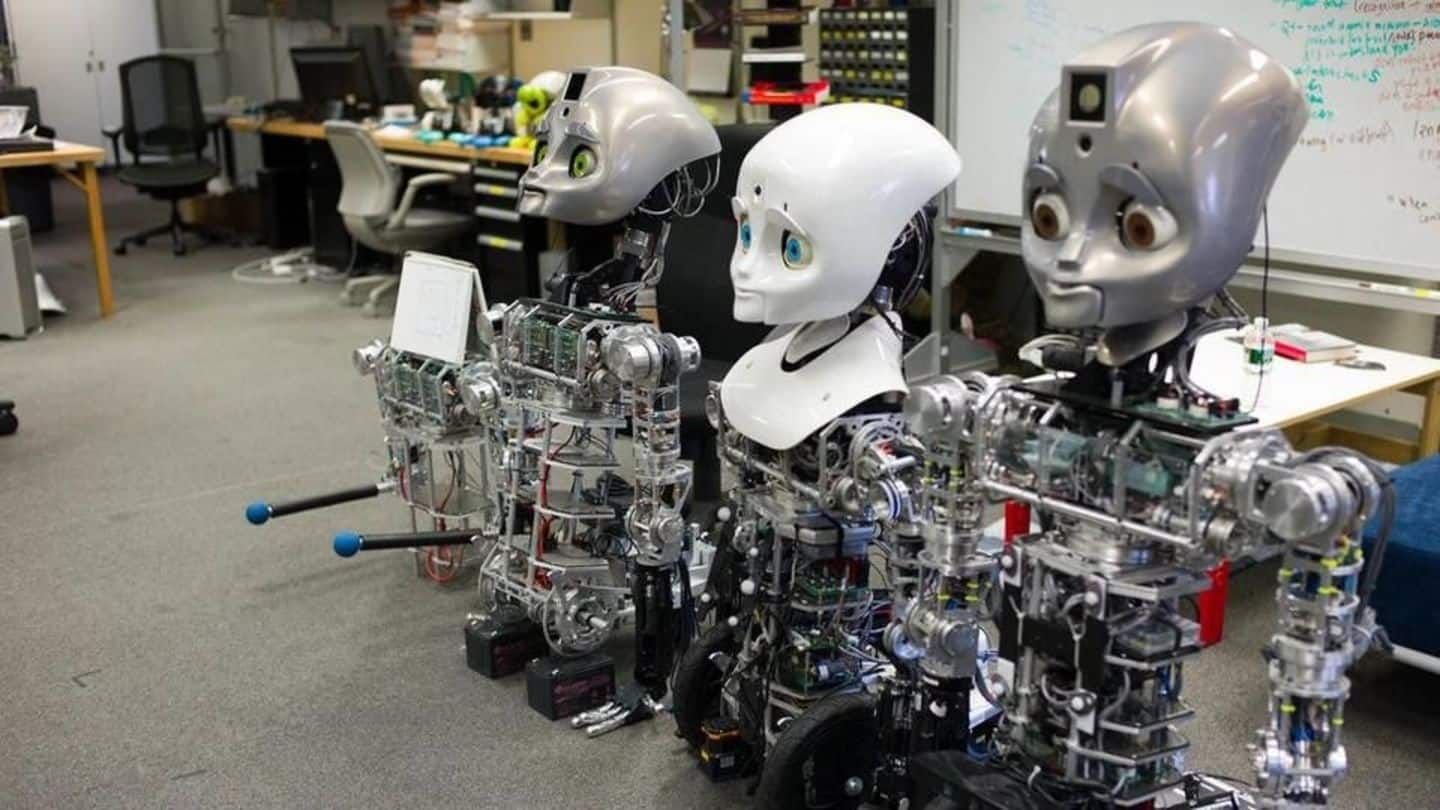
Sneak-peak into future: A friendly robot and a trusting human
What's the story
As long as we are looking at robot as a novelty, we don't have a problem. However, if we are asked to bring it in our house or if we chance upon it in our workplace, our warning bells start ringing. This is because we are yet to go beyond our preconceptions and trust it. It's time we address this trust deficit. Here's more.
Cinema
Good robots make bad cinema
Robots are not friends. Popular culture has played a very active role in putting this notion in our minds that a robot is always bad. The entire myth makes for a great celluloid adventure. A robot helping a human - there's no drama in that. A murderous robot, going on a rampage, gets subdued by humanity - that's an award winner and absolutely believable.
Automation
The automation trap
Then comes the spook of automation. They're going to steal all our jobs and we are going to be left desolate. Things are really not as worse as the doomsday prophets would like to make you believe. If they take away jobs, they'll also create new ones. Innovation took away jobs of typists, telephone operators and then replenished them with other jobs.
Trust
Building one's trust
But, even if we ignore all this, what's it that stops us from trusting them? Let's start with the obvious. They're nothing like us. They don't have personalities, understanding or any other human trait. Scientists are actually working on this. Mayfield Robotics has created Kuri, which tries to show three inherent human aspects - humility, earnestness, and curiosity. Kuri may actually break this barrier.
Change
Looking to make a change
Bringing these traits home needed help. Mayfield brought in a team of animators and sound engineers, who had experience in bringing these kinds of creatures into life, in movies. Its drive to make robots friendlier led to the formation of a team that included, Doug Dooley, a 13-year veteran of Pixar and Connor Moore, who runs CMoore Sound, a San Francisco-based sound design studio.
Emotions
Emotions for humans to read
To make it more lifelike, the animators didn't go for subtlety, so that, every emotion the robot conveys could be easily understood and there remained no room for misinterpretation. Most of the commercial robots out there are life-less sans emotions; therefore, showing emotions was a necessity to make them more likeable to humans, who aren't very fond of robots, to begin with.
Machines
Hopefully this will happen soon
Two more steps are being taken. First is to give it vulnerability. Robots conjure images of being heartless machines, so giving them an aura of the same vulnerability that a human possesses, may develop a soft corner for them in humans. And a pleasing lifelike voice, one that's not distant, is also being devised. This should make them trustworthy to the masses.